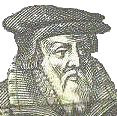
MAT 6221
Bas de la page
UQAM
Les XIXe et XXe siècles
Révolutions industrielle et technologique
XIXe siècle

Le Grand Empire de Napoléon 1er en 1812
1812, le Grand empire de Napoléon 1er.
Craig, A.M., Graham, W.A., Kagan. D., Ozment, S., Turner, F.M., The
Heritage of World Civilizations, Combined Edition, 4e édition,
Upper Saddle River, NJ : Prentice Hall, 1997, p. 707.
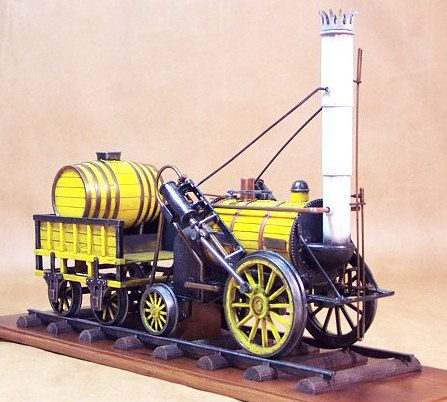
Le Rocket de George Stephenson, 1829 : Liverpool& Manchester Railway
http://scalemodel.net/Rocket1829.htm
La pompe de Cornish, Machine à vapeur par Trevichick, 1840
http://www.geocities.com/Athens/Acropolis/6914/pocore.htm
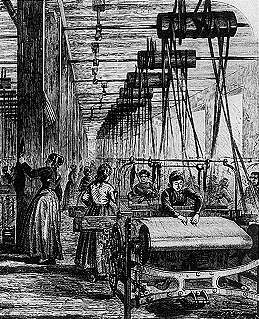
Révolution industrielle. Fabrique de textile, milieu du XIXe siècle.
Craig, A.M., Graham, W.A., Kagan. D., Ozment, S., Turner, F.M., The Heritage of World Civilizations, Combined Edition, 4e édition, Upper Saddle River, NJ : Prentice Hall, 1997, p. 729.

Louis Pasteur (1822-1895)
Burne, Jerome (Ed.), Chronicle of the World, London, 1989, année 1855-56.
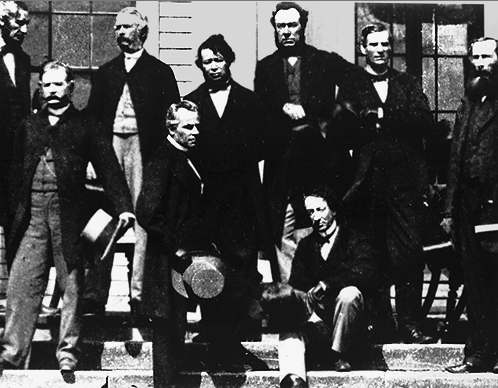
Quelques-uns des pères de la confédération canadienne en 1864
Canadian Encyclopedia (CD-Rom)
XXe siècle
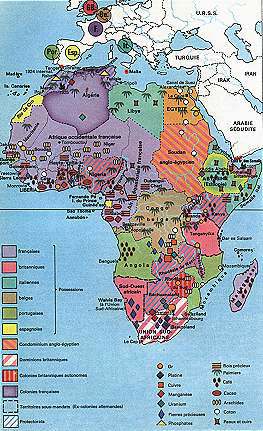
L'Afrique en 1939
Atlas Historique, Paris : Stock, 1968, p. 454.
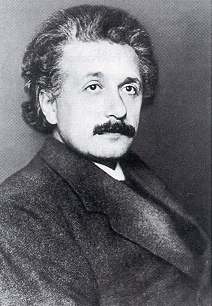
Albert Einstein (1879-1955), vers 1905.
Craig, A.M., Graham, W.A., Kagan. D., Ozment, S., Turner, F.M., The Heritage of World Civilizations, Combined Edition, 4e édition, Upper Saddle River, NJ : Prentice Hall, 1997, p. 829.
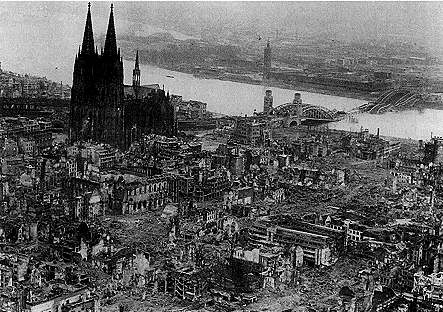
Cologne à la fin de la Seconde guerre mondiale, 1945
Craig, A.M., Graham, W.A., Kagan. D., Ozment, S., Turner, F.M., The Heritage of World Civilizations, Combined Edition, 4e édition, Upper Saddle River, NJ : Prentice Hall, 1997, p. 997.
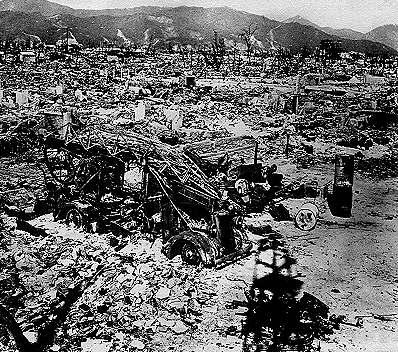
Hiroshima, 9 août 1945
Burne, Jerome (Ed.), Chronicle of the World, London, 1989, p. 1135.
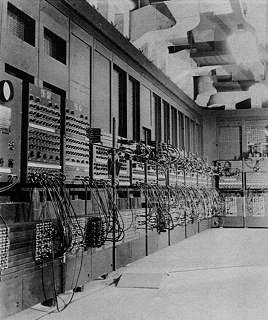
ENIAC, (opérationnel en déc. 1945)
18 000 lampes, 70 000 transistors, 10 000 condensateurs.
100' x 10' x 3'.
Goldstine, H.H., The Computer form Pascal to von Neumann, Princeton
: Princeton University Press, 1972. Photos centrales.
Mathématiques
-
Gauss, Cauchy, Fourier, Weierstrass, Dedekind, Cantor, Hilbert, Bourbaki.
-
Rigeur en mathématiques
-
Fondements du calcul différentiel et intégral
-
Les nombres réels
-
-
Géométries non-euclidiennes
-
Nouveaux objets mathématiques, ni numériques, ni géométriques : quaternions, matrices, etc.
-
La crise des fondements des mathématiques
-
Théorie des ensembles
-
Logique mathématique
-
Indécidabilité
-
-
Algèbre des structures










